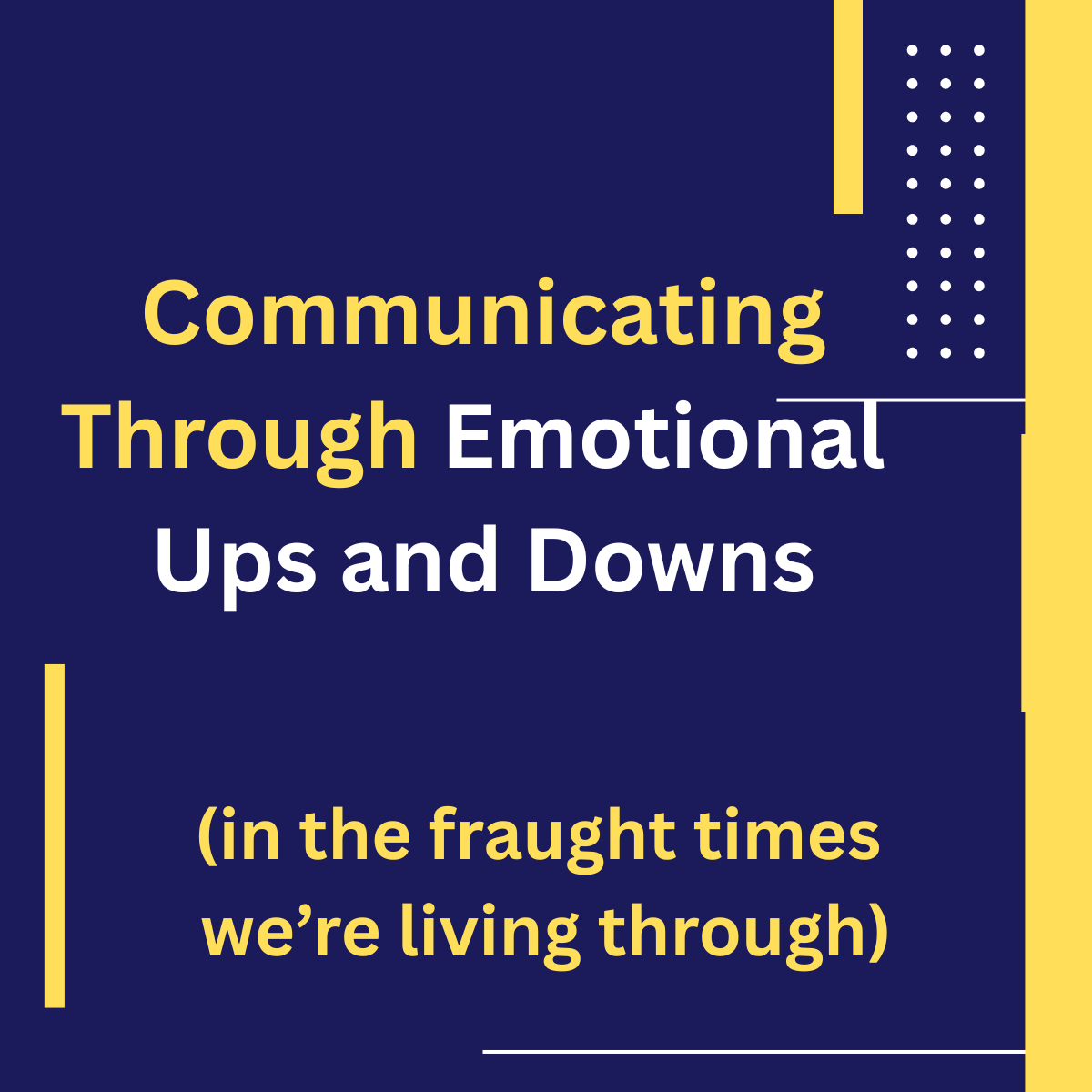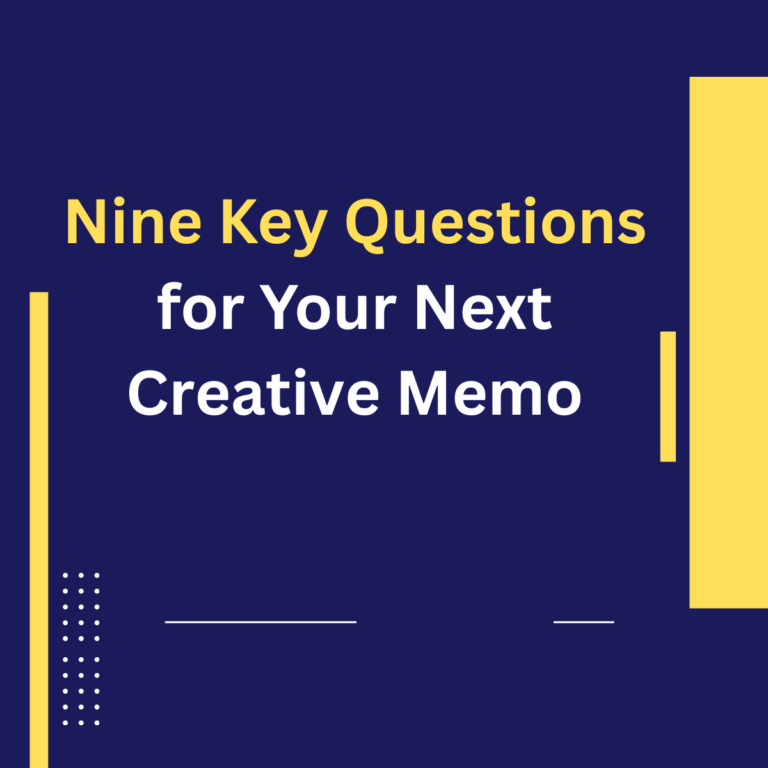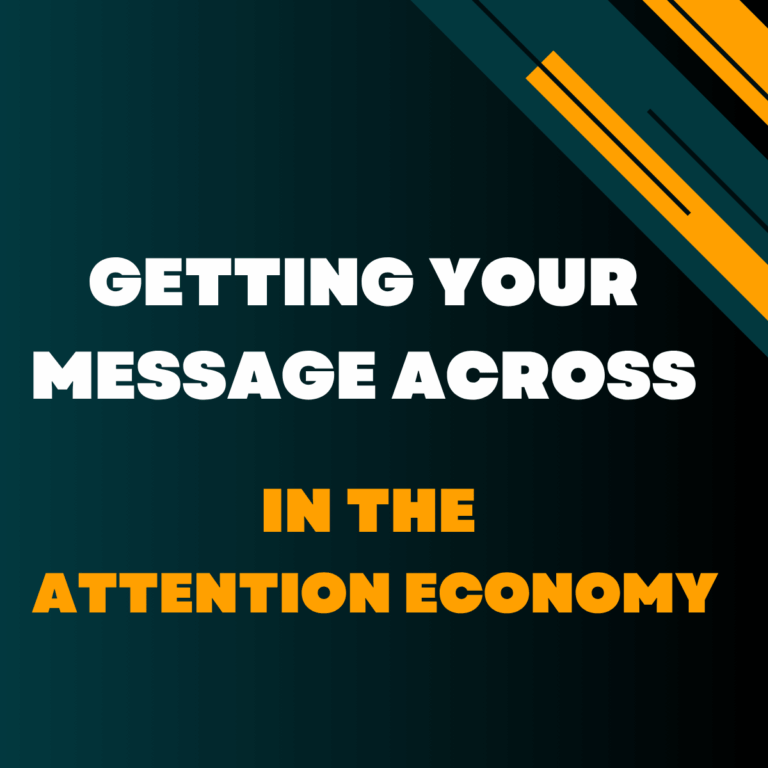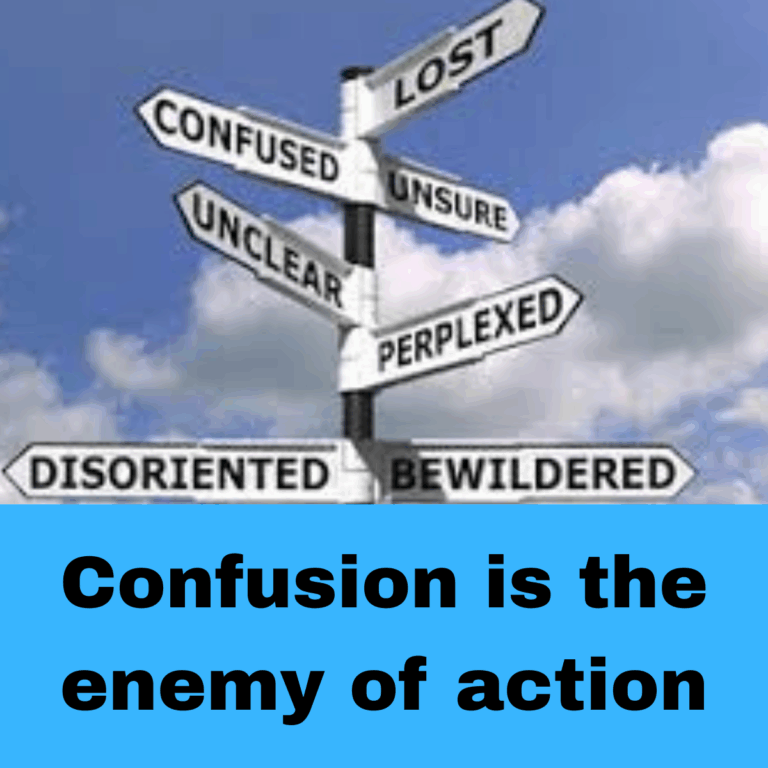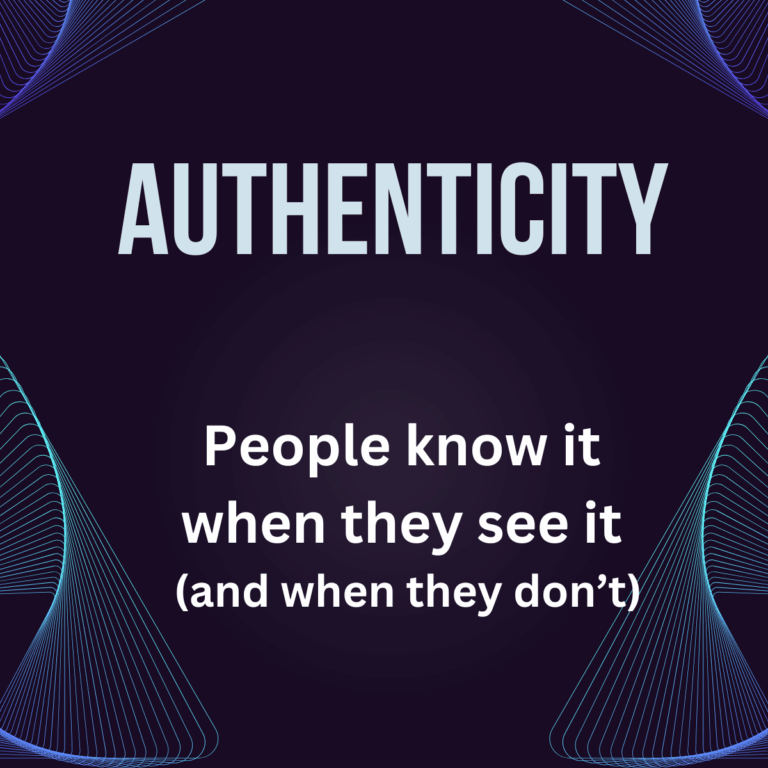NOTE: Last week, I released a strategy memo on Substack about the current state of Democratic digital fundraising and the need for a more authentic approach in 2026 and 2028. See details and links in the PS below.
Smart direct response programs carefully map their supporters’ journey. The goal: make sure people have a rewarding experience moving through time, each step leading to a logical and engaging next one.
Often that journey mapping is transactional in its focus. It deals with a host of questions like these: What’s the best onboarding process for new donors at different giving levels? What sequence of events should trigger someone being sent a sustainer invitation or an upgrade request? What donor behaviors should lead to someone being moved from the midlevel program to a major donor fundraiser’s personal portfolio?

But the smartest programs don’t limit themselves to transactional journey mapping. They also engage in mapping their supporters’ emotional journey. Here’s what that entails:
First, understanding the emotions people are experiencing in their relationship with your cause and in their overall philanthropic activity.
Then, making sure there is a strong connection between the emotions they bring to the table and the ones your messages seek to evoke.
Transactional journey mapping works to identify and smooth out points of friction that risk disrupting your supporters’ experience. In the same way, emotional journey mapping looks to identify and resolve dissonance between the emotions your audiences are feeling and the ones embedded in your messaging.
The emotional alignment I’m describing is especially important – and uniquely challenging — in periods like the one we are going through. So, five months into 2025, let’s look at some of the lessons we’re learning in real time.

The first lesson is the most crucial one and the hardest to act on. Creating chaos simultaneously on multiple fronts is Donald Trump’s superpower. The frustration, despair, and hopelessness his tactics can engender in his opponents aren’t side products. They are central objectives of his strategy.
Here’s how psychologist Jocelyn Sze describes it (emphasis added):
“Authoritarian leaders, like narcissistic family members, rely on well-worn tactics to manufacture a psychological state of volatile uncertainty — where outcomes aren’t just unknown, but constantly shifting and unpredictable.”
So, what can we do? There’s no simple, fool-proof answer. But we have to learn to not take the bait. That means not jumping on every frivolous Trump distraction because our expression of outrage at those impulsive outbursts just amplifies his narrative at the expense of our own.
And when a Trump attack has more serious, sustained implications for people, we have to actively oppose it without being drawn into a complicated, extended “culture war” debate.

Emotional alignment doesn’t mean simply reflecting back peoples’ emotions. Just mirroring how people are feeling can lead to a messaging and motivational dead end. For example, when donors are feeling scared and confused, they look for groups they count on to provide confident leadership and direction, not to wallow along with them in despair.
The simple rule: Counter negative emotions that your audience brings to the table and amplify positive ones. And, at all costs, avoid doing the reverse.
One example of wrongly amplifying a negative emotion is leaning too heavily into fear-based messaging. Fear can be a powerful motivator, but that’s not the case if you fail to provide people with clear action they can take to ease their fears.
Too many messages in the first four months of Trump 2.0 have fallen into that trap. It doesn’t work to heighten peoples’ fears by detailing how devastating Trump’s actions are on the issues your group works on if you just leave them stranded there. That’s way more likely to immobilize people than it is to spur them to act.

Senate Majority Leader Chuck Schumer learned this lesson the hard way. All through the opening months of the Trump presidency, a dominant emotion within the Democratic base has been deep concern that Dems in Congress aren’t responding with the urgency and fervor that the moment demands.
So, what does Schumer do? On one day he hints that Senate Democrats plan to strongly resist a controversial GOP budget resolution. The next day, rethinking his strategy, he gives Republicans the votes they need to pass it. His business as usual legislative tactics flew right in the face of grassroots Democrats’ concerns that our leaders were rolling over and playing dead. A predictable flood of outrage followed.
But peoples’ current aversion to business as usual messaging isn’t limited to politics. Even if you’re communicating about work far removed from the Trump political context, it’s crucial to zero in on “can’t wait” projects. Less compelling work isn’t likely to break through in the current climate.

There’s an emotional disconnect that can really be debilitating. It happens when our audiences are in search of immediate signs of progress and we present them only with long-term, slow to play out strategies. It’s a problem that Democratic politicians run into when they point to the 2026 elections as our best hope to turn the tide on Trump. That 18 months away prospect offers little comfort to audiences who come to the conversation eager for a much quicker sign that Trump can be effectively countered.
That same kind of time frame imbalance is at work in other contexts as well including the climate change conversation.

People are looking for signs of progress, but they’re realistic. They know Democrats and progressive nonprofits are operating in very difficult circumstances. So, first and foremost, they’re looking for players who bring a fighting spirit to the challenge. And, when they see it, it gives them confidence.
Those difficult circumstances also increase peoples’ appreciation for small wins that they can take as modest, but urgently needed, confidence builders. We have to be authentic. We can’t overstate the meaning of those small wins, but we make a big mistake if we choose to ignore them.

There’s little doubt that, in the months ahead, we’re in for more chaos, controversy and disruption from Donald Trump. We have to stay alert to our audience’s emotional ups and downs. And we have to keep connecting the emotions they bring to the table with the emotions we convey in our messaging.
PS: My latest 2026 Path to Persuasion Substack is a call for a fundamental shift in the way Dems approach digital fundraising. You can check it out here.


